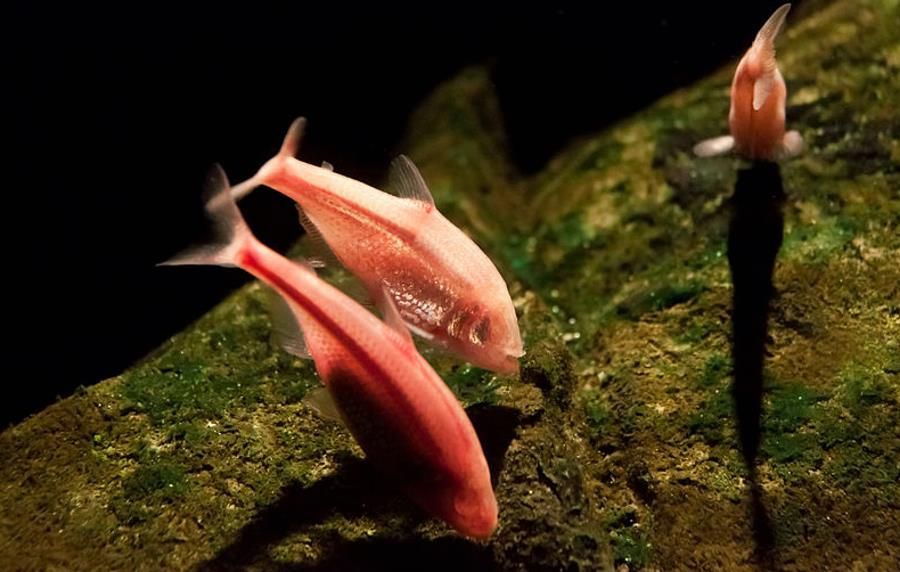How to regenerate the heart? Clues hidden in the genes of small fish
Mexican mirror (Astyanax mexicanus) can repair its heart. Research on this species conducted by a scientistow from Oxford University have shown three areas of the genome of this small fish, whichore are responsible for the ability to regenerate heart tissue. This could in the future result in new therapies for people after heart attacks.
Over millions of years, someore Mexican mirrorfish living in rivers poNorthern Mexico were washed out by periodic floods into caves. When the water receded, the fish remained trapped in rocky caves. Over time, the floods stopped, and the fish lost their eyes and pigment and adapted to life in caves. In this wayob two forms of the mexican mirid have been created, but only one of them has the ability to repair its heart.
The results of the Oxford scientists’ research were published in the journal „Cell Reports”.
– We discovered that fish on living in rivers regenerate their hearts, while those in caves can’t. The cave-living form of the Mexican mirrorfish has served as a model for our study of heart regeneration – said Mathilda Mommersteeg of Oxford University, wspoauthor of the publication.
The Mexican mirrorfish is a freshwater fish and grows up to 12 centimeters in sizeow. They can be found primarily in Mexico and Guatemala, but are also seen in dwoch US states of Texas and New Mexico. The species inhabits creek bottomsoin and rivers, but the cave form – blind and without pigmentation – lives in underwater, light-deprived caves. It is known as the cave mollusk. The two forms can interbreed.
Mommersteeg and its anastomosesohave grown Mexican mirrorfish in the laboratory outlineoBoth those living in caves and in rivers. They then performed surgery on them to remove a piece of the heart. After the procedure, fish living in rivers slowly regenerated the missing tissue, while those in caves developed scar tissue.
When researchers crossed river fish with cave fish and performed the same procedure on them, their offspring showed rolevels of regeneration. This indicates that the ability to regenerate heart tissue in these fish is hereditary.
Scientists cfown the genome of the river form with the cave form and discovered three roreaping areas. They showed that the two genes lrrc10 and caveolin – are significantly more active after heart damage in riverine forms.
Knowing this relationship, the researchers turned off the expression of the lrrc10 gene in other fish, ktore rocan also regenerate heart tissue. The striped danio, as it is referred to, lost its ability to fully regenerate its heart after such treatment. Scarring appeared, resulting in reduced heart function. Both of these genes are also found in humans. It is known that lrrc10 is associated with a heart disease called dilated cardiomyopathy.
The study authors hope that their work will one day enable heart regeneration in patientsow after a heart attack. Such patients often suffer from heart failure, which in extreme cases can end up needing a transplant. Modifications of these geneow may allow future regeneration of damaged hearts in humans.
– I believe this fish will someday help us determine how theob we can actually repair human hearts. Our research is at an early stage, but we are excited about these life-changing opportunities for people with damaged hearts – noted Mommersteeg. The next step scientistsow will determine why river fish can regenerate their hearts but cave fish can no longer, and what happened during adaptation to cave life that prevented them from regenerating.
Sourceobackground: EurekAlert!, photo. CC BY-SA 3.0/ Grand-Duc/ Wikimedia Commons

